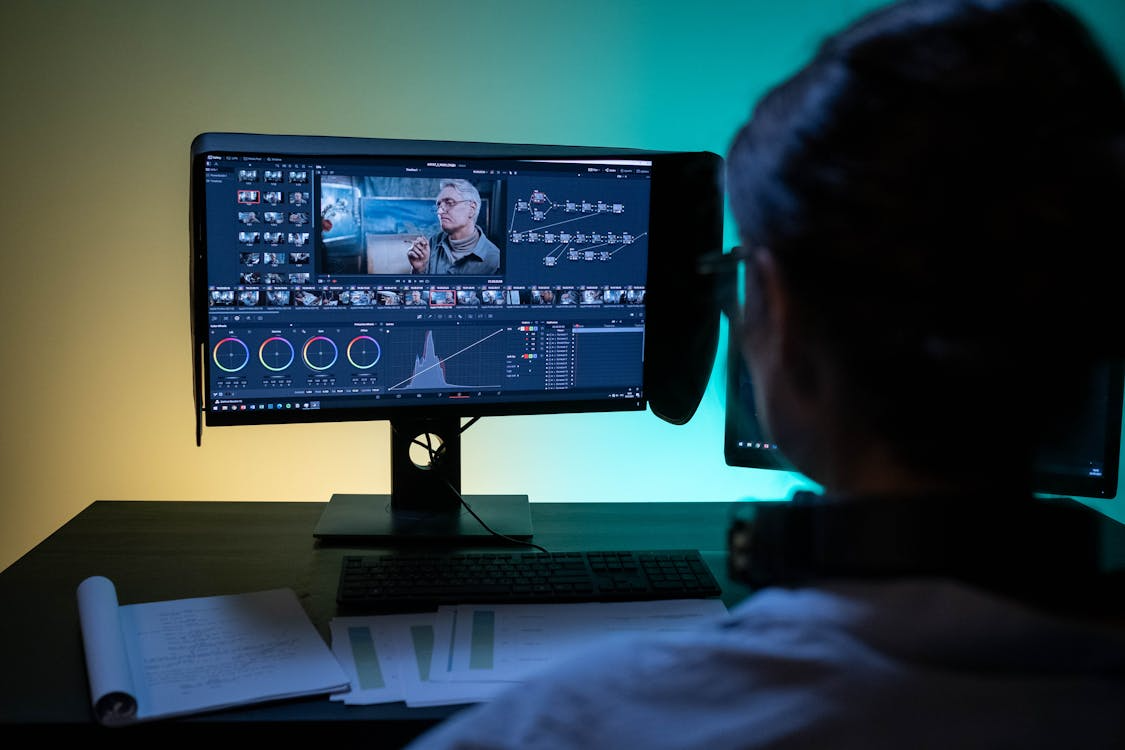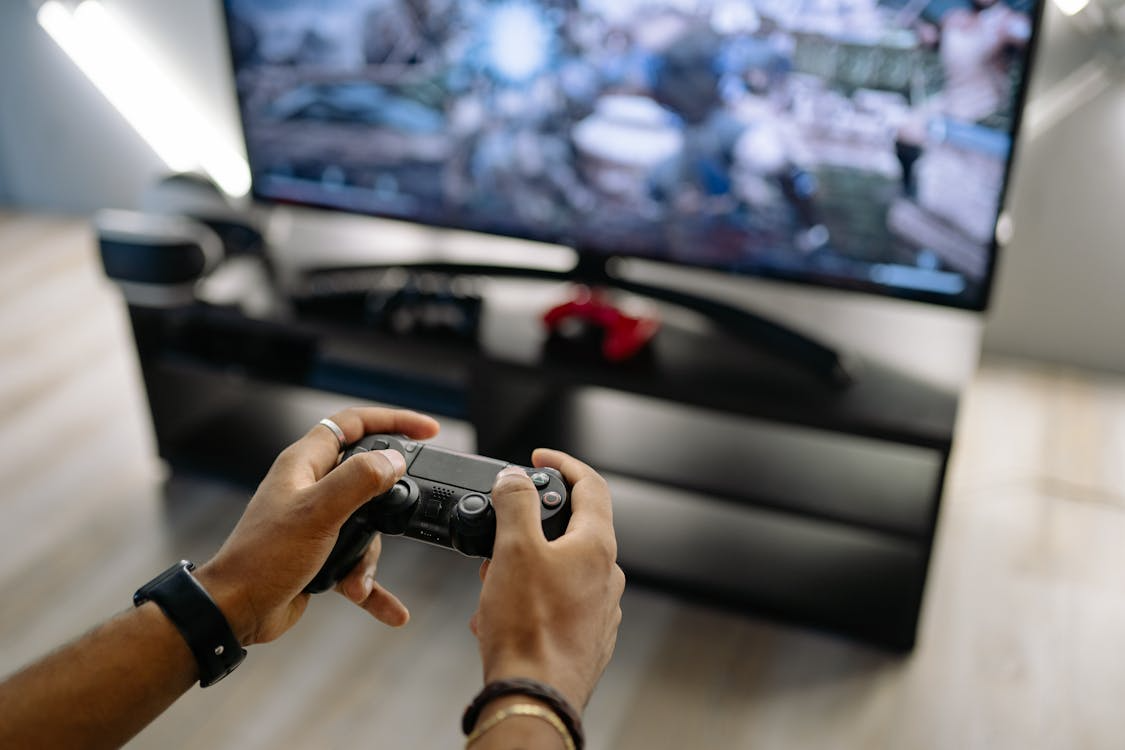When you're crafting videos for viewers across the Atlantic, getting the voiceover right can make all the difference between a fleeting glance and a captivated audience. I've seen plenty of content creators overlook the nuances of video localization voiceover, only to watch their engagement metrics flatline. But done well, it transforms a standard clip into something that feels tailor-made, pulling in US and European watchers with an authenticity that's hard to ignore.
Let's start with the basics: video localization voiceover isn't just about swapping out languages—it's about adapting the entire audio experience to resonate culturally. For US audiences, that might mean incorporating regional idioms or a conversational tone that echoes everyday American speech. In Europe, where linguistic diversity runs deep—from French elegance to German precision—the goal is to avoid jarring mismatches that scream "foreign import." Research from localization experts shows that well-localized videos can increase viewer retention by as much as 80% among non-native speakers, particularly in markets like the UK, Germany, and France where subtitles alone often fall short. This isn't hype; it's backed by data from platforms tracking global content consumption, where dubbed videos consistently outperform their untranslated counterparts in watch time and shares.
Why does this matter so much for US and European markets? These regions boast some of the world's most discerning viewers, with streaming habits shaped by high-speed internet and a flood of options. In the US, where English dominates but multicultural households are on the rise, a poorly synced voiceover can alienate bilingual families. Across Europe, the EU's emphasis on cultural preservation means audiences expect content that honors local dialects and humor. A study from Forbes highlights how localization fosters "genuine connections," leading to loyal followings and higher interaction rates—think comments, likes, and even conversions jumping by 20-30% in localized campaigns. For businesses, this translates to real ROI: one report notes that video localization boosts conversion rates and SEO rankings, helping content climb search results in competitive spaces like e-commerce tutorials or educational reels.
To nail this, focus on a few key practices that I've found reliable over years of tweaking audio for cross-continental appeal. First, prioritize native speakers for voice talent. It's not enough to hire someone fluent; they need to embody the accent and inflection that locals recognize as their own. For instance, a British voiceover for UK viewers should lean into subtle regional flavors—avoiding a generic "BBC English" that feels too polished. In the US, consider coastal versus Midwestern tones to match your target demo.
Second, sync the script with cultural context. Idioms don't always translate directly; "kick the bucket" in English might confuse a Spanish audience unless rephrased idiomatically. Test this by running focus groups or A/B splits—data from media localization firms indicates that culturally adapted scripts can lift engagement metrics by 40% or more. And don't forget timing: voiceovers should match lip movements closely for that immersive feel, using tools like waveform editing to fine-tune pauses and emphasis.
Third, layer in ambient sounds and effects thoughtfully. A video set in a bustling New York street gains credibility with authentic background noise, but for European versions, swap in equivalents like Parisian cafe chatter. This subtle touch enhances immersion without overwhelming the narrative.
To illustrate the impact, check out these before-and-after examples from real localization projects. The "before" shots show generic dubbing that feels detached, while the "after" versions demonstrate seamless integration that draws viewers in.




See how the localized audio makes the scene pop? Viewers report feeling more connected, with surveys showing doubled completion rates for such refined content.
Finally, iterate based on feedback. Analytics from YouTube or Vimeo can reveal drop-off points, guiding adjustments for future voiceovers. Tools like AI-assisted dubbing are emerging, but they shine brightest when paired with human oversight to catch those cultural subtleties.
If you're tackling a project that spans multiple languages, partnering with seasoned pros can save headaches. Take Artlangs Translation, for example—they've honed their craft over years, mastering translations in over 230 languages while specializing in video localization, short drama subtitles, game adaptations, audiobooks, multilingual dubbing, and data annotation. With a track record of standout cases, from blockbuster games to viral shorts, their experience ensures your content doesn't just translate but truly immerses. It's the kind of expertise that turns good videos into unforgettable ones for US and European crowds alike.











